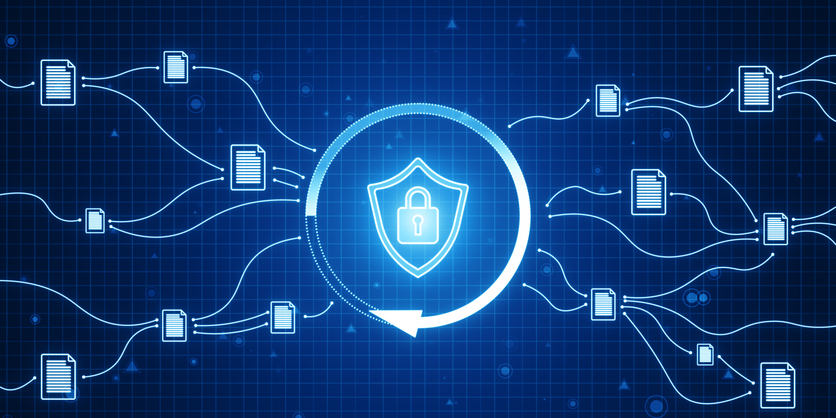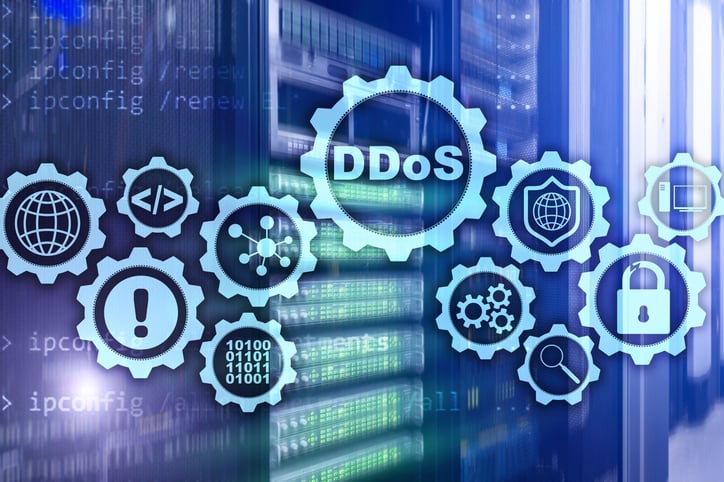4 min read
Decoding IOCs: Essential Techniques for Cybersecurity Analysts
In the vast and ever-evolving landscape of cybersecurity, one of the most crucial elements for any professional to master is the concept of...
Insider threats refer to the potential risks posed to an organization's security by individuals who have authorized access to its systems, networks, or sensitive information. These individuals may be current or former employees, contractors, or partners who misuse their privileges for malicious purposes. Insider threats can range from intentional data breaches and theft to unintentional mistakes or negligence.
Understanding the definition of insider threats is crucial for organizations to identify and mitigate the risks associated with internal security breaches. By recognizing the various forms these threats can take, organizations can implement effective measures to protect their sensitive data and prevent potential damage.
Insider threats can manifest in different forms, each with its own characteristics and motivations. Some common types of insider threats include:
- Malicious Insiders: These are individuals who intentionally misuse their access privileges to steal or manipulate data, disrupt operations, or cause harm to the organization.
- Careless Insiders: These insiders may not have malicious intent but pose a threat due to negligence, lack of awareness, or inadequate training. Their actions or mistakes can inadvertently lead to data breaches or system vulnerabilities.
- Compromised Insiders: In this case, insiders unknowingly become threats due to external actors compromising their credentials or coercing them into malicious activities.
Understanding the various types of insider threats is essential for organizations to develop targeted strategies to detect, prevent, and respond to potential security incidents.
Insider threats can have severe consequences for organizations, both financially and reputationally. Some potential impacts include:
- Data Breaches: Insider threats can result in unauthorized access, theft, or disclosure of sensitive information, leading to financial losses and reputational damage.
- Intellectual Property Theft: Insiders with malicious intent can steal valuable intellectual property, including trade secrets, patents, and proprietary information, which can significantly harm a company's competitive advantage.
- Disruption of Operations: Insider threats can disrupt an organization's operations by deleting or modifying critical files, introducing malware, or causing system outages, resulting in financial losses and operational setbacks.
- Damage to Trust and Reputation: When insider threats occur, organizations may lose the trust of customers, partners, and stakeholders, leading to a damaged reputation and potential loss of business opportunities.
Understanding the potential impact of insider threats is crucial for organizations to prioritize and invest in robust security measures to safeguard their assets and maintain trust with stakeholders.
Detecting insider threats requires organizations to be vigilant and proactive in identifying potential warning signs. Some common indicators of insider threats include:
- Unusual Network Activity: Monitoring for abnormal network traffic, unauthorized access attempts, or unusual data transfers can help identify insiders attempting to access or exfiltrate sensitive information.
- Excessive Privilege Usage: Regularly reviewing privilege usage logs and monitoring for excessive access privileges can help identify insiders who may be abusing their permissions for malicious purposes.
- Behavioral Changes: Sudden changes in an individual's behavior, such as increased secrecy, unexplained wealth, or disgruntlement, can be indicators of insider threats.
- Anomalous Data Access Patterns: Tracking and analyzing patterns of data access, especially outside an individual's normal job responsibilities, can help identify insiders attempting to obtain unauthorized information.
Recognizing these common indicators can assist organizations in detecting and responding to potential insider threats before significant damage occurs.
Mitigating insider threats requires a comprehensive approach that combines technology, policies, and employee awareness. Some effective strategies for mitigating insider threats include:
- Strict Access Controls: Implementing role-based access controls and regularly reviewing and revoking unnecessary privileges can limit the potential damage caused by insiders.
- Employee Training and Awareness: Regular security awareness training programs can educate employees about the risks of insider threats, how to identify potential indicators, and the importance of reporting suspicious activities.
- Incident Response Planning: Developing an incident response plan specific to insider threats can enable organizations to respond quickly and effectively when security incidents occur.
- Monitoring and Auditing: Implementing robust monitoring and auditing systems can help detect and investigate suspicious activities, allowing organizations to take proactive measures to prevent insider threats.
- Foster a Positive Organizational Culture: Creating a positive work environment where employees feel valued, supported, and heard can help reduce the likelihood of insider threats due to disgruntlement or malicious intent.
By implementing these mitigation strategies, organizations can significantly reduce the risks posed by insider threats and protect their sensitive assets from internal security breaches.
If you’re interested in more job tips and ways to advance your career, check out more details at ForceOneCybersecurity.

4 min read
In the vast and ever-evolving landscape of cybersecurity, one of the most crucial elements for any professional to master is the concept of...

6 min read
In today's digital age, cybersecurity is more crucial than ever for businesses to protect their sensitive data and maintain customer trust. This blog...

3 min read
In the dynamic landscape of network security, the concept of high availability is not just a technical requirement but a strategic asset that keeps...